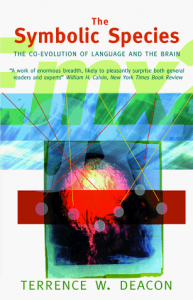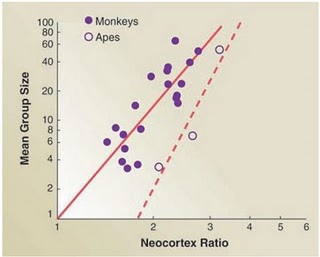Here’s a video of a talk I gave at the Santa Fe Institute‘s Complex Systems Summer School (written with roboticist Andrew Tinka-check out him talking about his fleet of floating robots). The talk was a response to the “Evolution Challenge”:
- Has Biological Evolution come to an end?
- Is belief an emergent property?
- Will advanced computers use H. Sapiens as batteries?
I also blogged about a part of this talk here (why a mad scientist’s attempt at creating A.I. to make new scientific discoveries was doomed).
The talk was given a prise for best talk by the judging panel which included David Krakauer, Tom Carter and best-selling author Cormac McCarthy. At several points in the talk, I completely forget what I was supposed to say because the people filming the event asked me to set my screen up in a way so I couldn’t see my notes.
Sperl, M., Chang, A., Weber, N., & Hübler, A. (1999). Hebbian learning in the agglomeration of conducting particles Physical Review E, 59 (3), 3165-3168 DOI: 10.1103/PhysRevE.59.3165
Chater N, & Christiansen MH (2010). Language acquisition meets language evolution. Cognitive science, 34 (7), 1131-57 PMID: 21564247
Ay N, Flack J, & Krakauer DC (2007). Robustness and complexity co-constructed in multimodal signalling networks. Philosophical transactions of the Royal Society of London. Series B, Biological sciences, 362 (1479), 441-7 PMID: 17255020
Ackley, D.H., and Cannon, D.C.. “Pursue Robust Indefinite Scalability”. In Proceedings of the Thirteenth Workshop on Hot Topics in Operating Systems (HOTOS-XIII) (2011, May). Abstract, PDF.
Guttal V, & Couzin ID (2010). Social interactions, information use, and the evolution of collective migration. Proceedings of the National Academy of Sciences of the United States of America, 107 (37), 16172-7 PMID: 20713700


